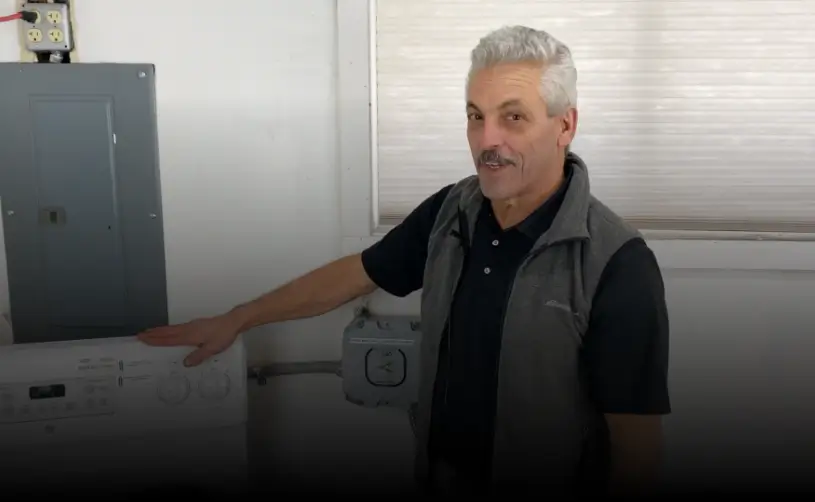Tulsa Electrician
Senior Member
- Location
- Tulsa
- Occupation
- Electrician
I agree that it is UL approved.Last point. In the field my inspector would say 1 is it listed and not just recognized and 2 what do the instructions say? This is more on the practical side.
All I'm pointing out is it has to be installed in a code complaint manner.
It not as simple in some cases as others.
Code rules apply to the installation of the device.
Let's say you have an older house with no breaker space.
It was built in the 70's
I want to put a car charger iny garage.
The dryer is on the garage wall.
Perfect for adding the device.
Now we have to install in a NEC Approved manner.
I send out a guy to install.
He may or may not call me and say.
It an older three wire circuit.
10-2 g or 10-2 SEU.
So he taps this with a 10-2 going to garage charger. And follows the rest of the instructions.
Would this be code compliant?
Now, same type of install with the exception a range circuit.
Now what if we have a 120 volt individual branch circuit cord and plug connected for a washer and we do this and install for a 120 volt plug and cord connected hot tub.
With the exception of any GFCI, would this be code compliant?
Edit: keep in mind the device allows for a shared load.




